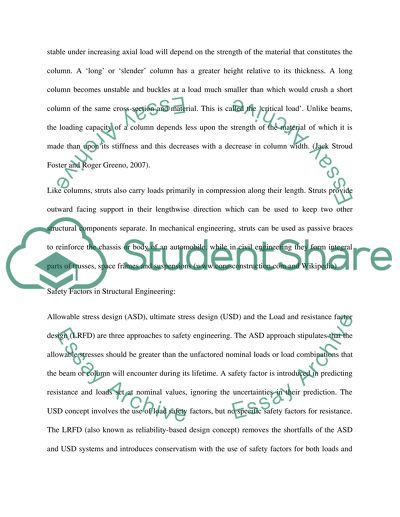Strength of material 2 Essay Example | Topics and Well Written Essays - 500 words. Retrieved from https://studentshare.org/miscellaneous/1555687-strength-of-material-2
Strength of Material 2 Essay Example | Topics and Well Written Essays - 500 Words. https://studentshare.org/miscellaneous/1555687-strength-of-material-2.


